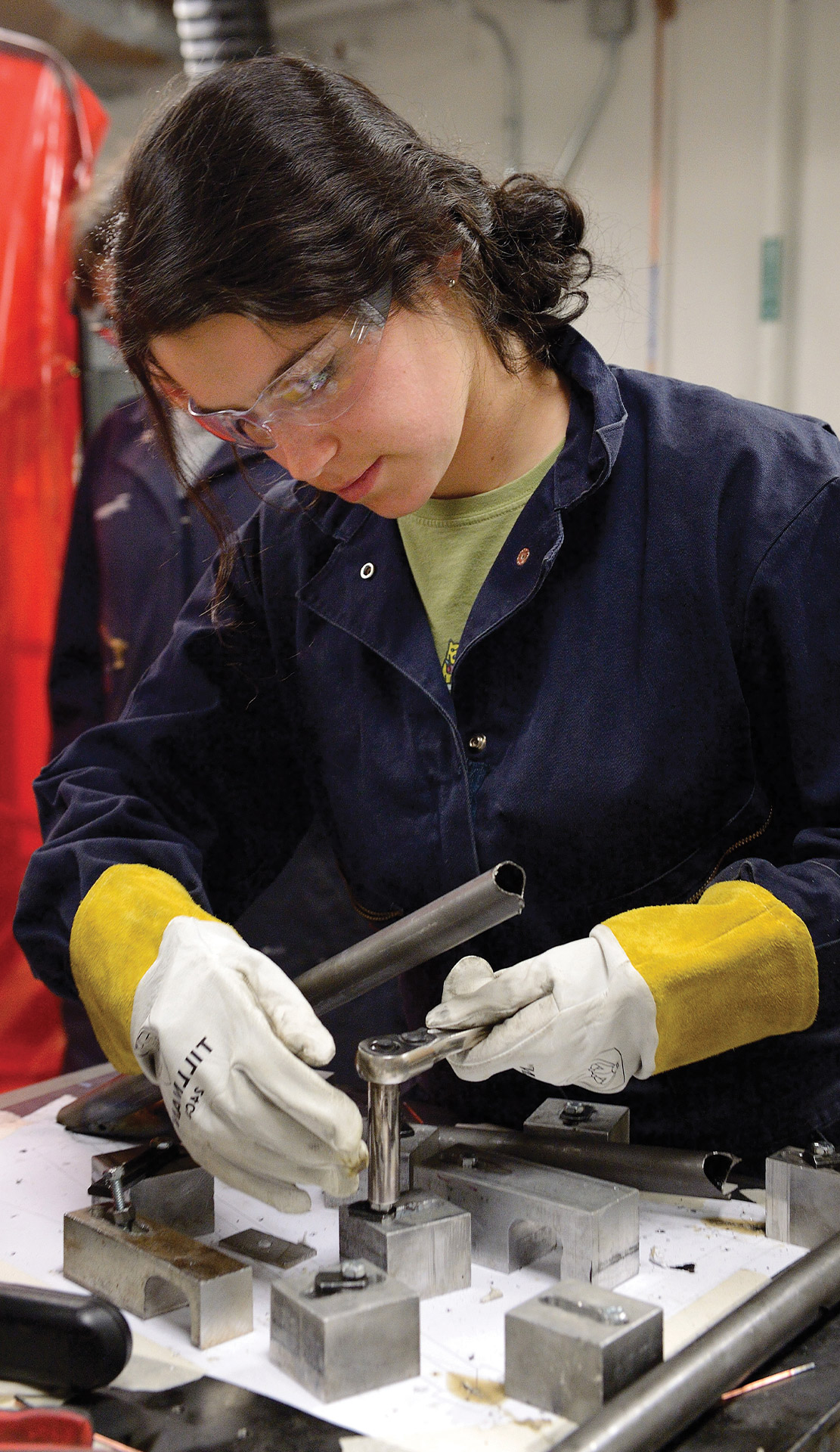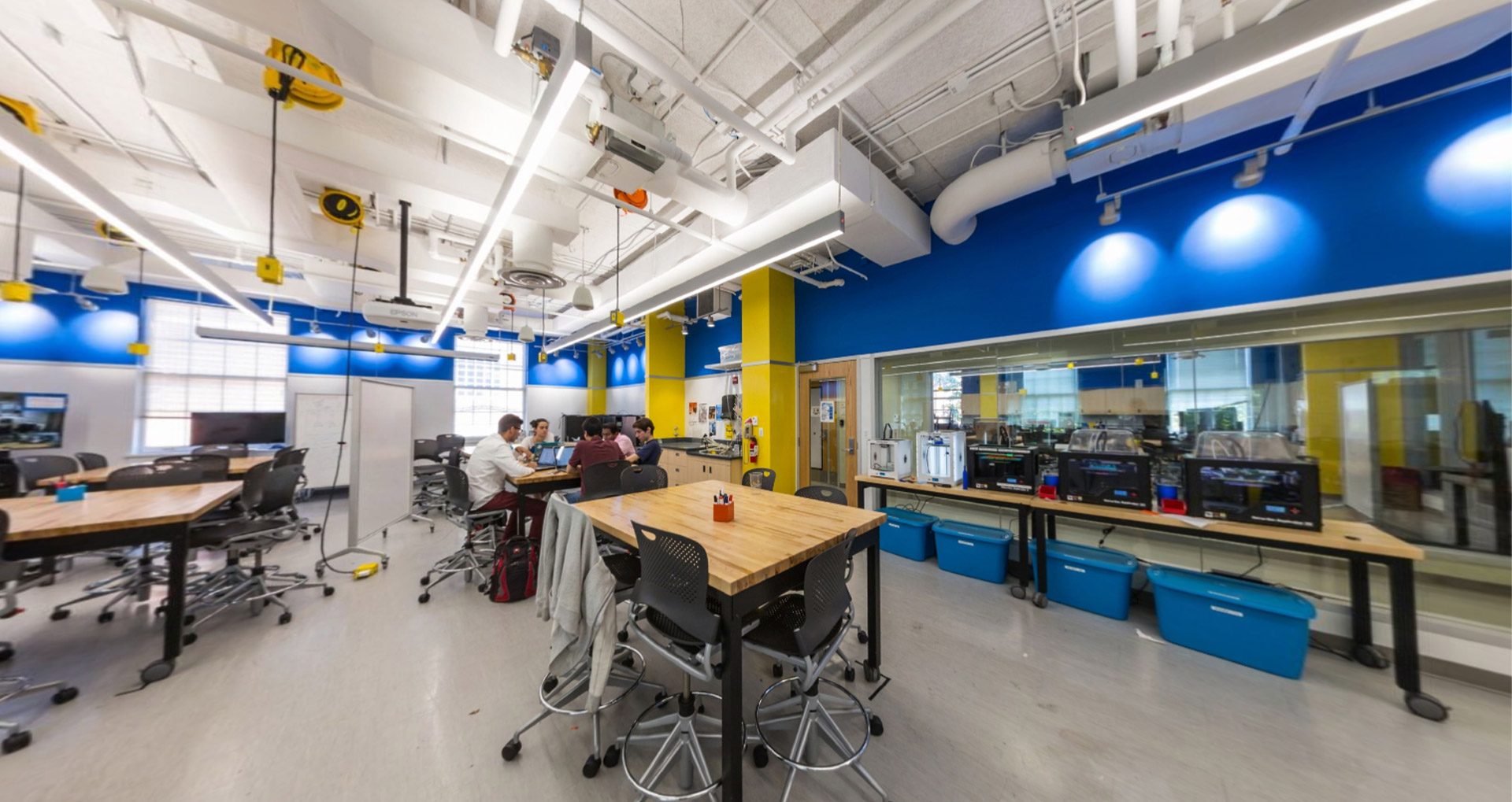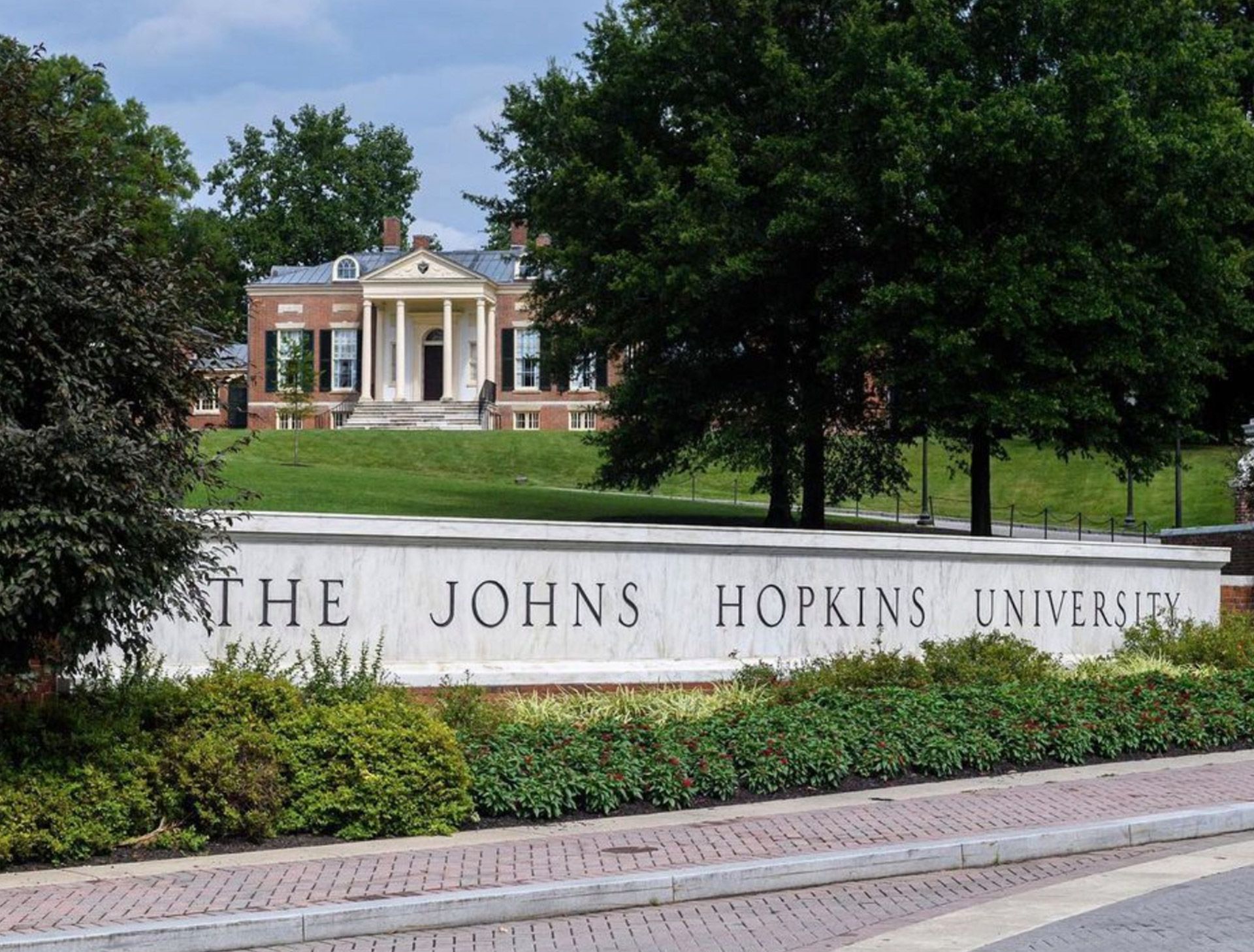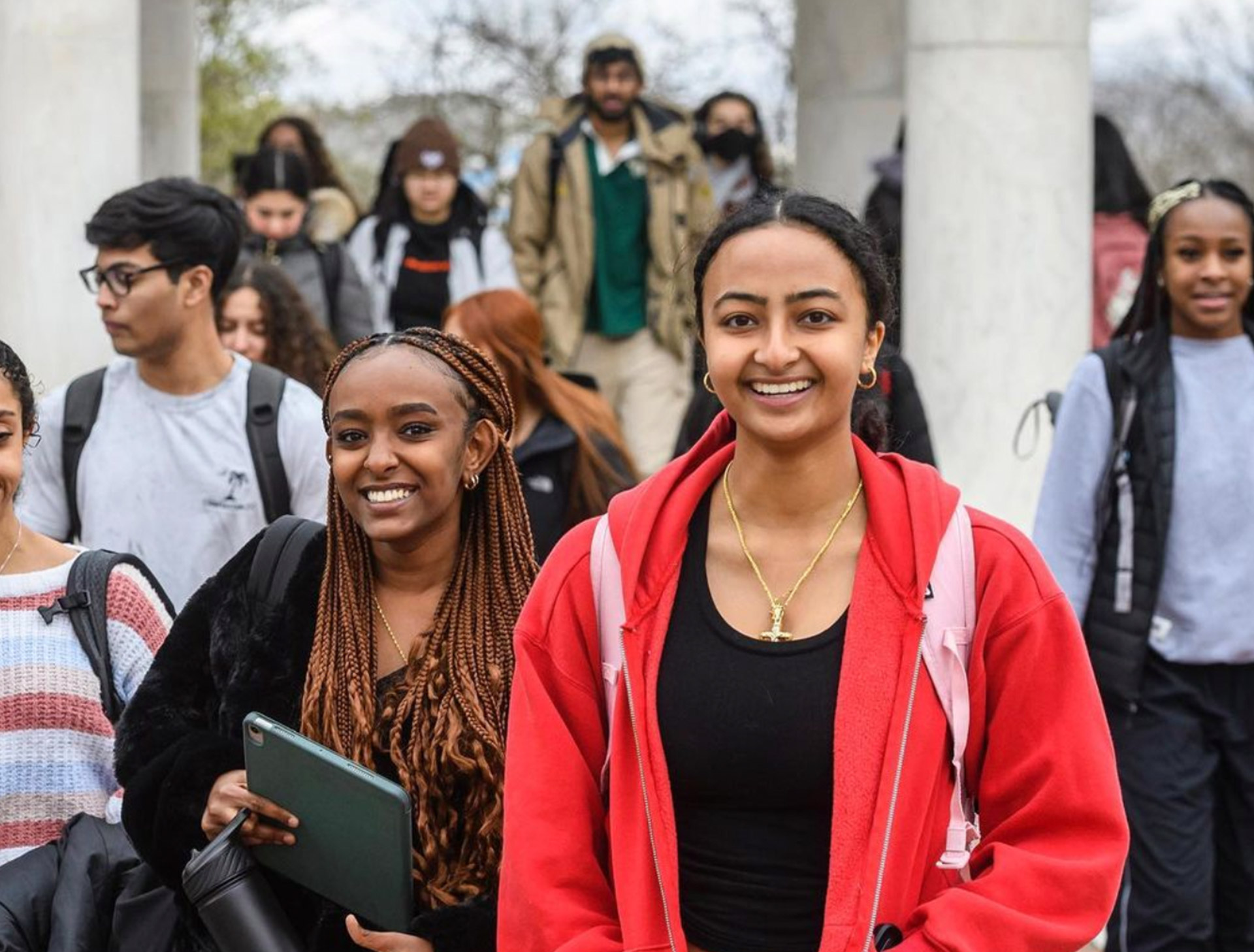Johns Hopkins University
Baltimore, MD
Baltimore, MD
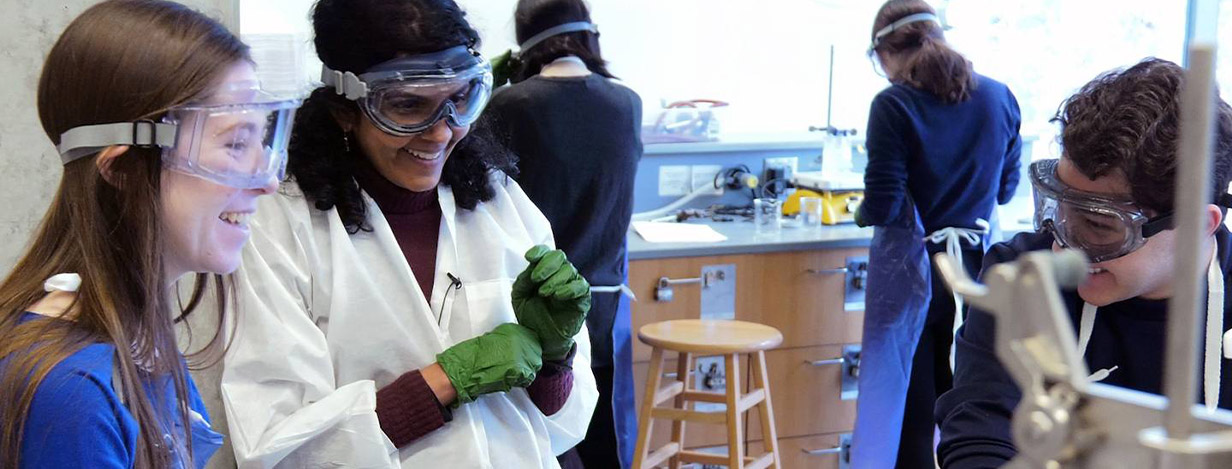
Learning through research and practical experiences
As America’s first research institution, Johns Hopkins University is known for innovative advances in everything from technology to physics. Hopkins undergraduates thrive in a flexible, interdisciplinary setting that emphasizes hands-on learning and collaboration in programs like Electrical Engineering, Cognitive Science, and Mathematics. With access to world-class facilities and unparalleled resources, students combine their interests across fields to drive innovation and find solutions to real-world challenges.
The University continues to receive and apply more research funding than any other US institution and provides undergraduates with funding to pursue their ambitions. From exploring the depths of the universe to uncovering the truth about our earliest human ancestors, students here are engaged in profound work. Fifty-five percent of Hopkins Class of 2019 graduates went on to work in research, engineering, or consulting. They’re working for industry leaders like Deloitte, Booz Allen Hamilton, Accenture, Amazon, and even Johns Hopkins University School of Medicine.
World-renowned faculty
Hopkins professors are widely recognized scholars and experts in their fields who are constantly making important contributions to their industries and academia at large. They’ve accomplished impressive feats such as winning the Nobel Prize in Physics, laying the foundation for the X-ray telescope, making scientific breakthroughs like getting closer to knowing the exact effect of dark matter on the expansion rate of the universe, and being granted awards for decades-long research studies They’re enthusiastic about teaching, often including undergraduates in their own groundbreaking research, and are always accessible to advise and assist students. It’s not unusual to brainstorm research ideas over coffee or debate theories during office hours.
The Hopkins network
With schools and divisions throughout Maryland and around the globe, the larger Hopkins network is an exceptional resource. Undergraduates have the chance to take courses and participate in research at the other renowned divisions of Johns Hopkins University, including the School of Nursing, the Bloomberg School of Public Health, the Nitze School of Advanced International Studies, and the School of Medicine. Through scientific collaborations with NASA, communication research in partnership with the FDA, or the precedent-setting work of alumni, the collective efforts of the entire Hopkins community are remarkable and wide reaching.
• 80% of students participate in some form of research during their undergraduate career.
• 27 Nobel Prize recipients have ties to Hopkins.
• Forbes recently ranked Johns Hopkins University #3 in their list of “Most Important STEM Colleges for Women.”
Science & Engineering at Hopkins
From the tiniest molecules to the farthest corners of the universe: apply.jhu.edu/women-in-stem
 |
Johns Hopkins is known for strong research in environmental health and sustainability, with increasing campus sustainability efforts. |
|
#15 in the Times Higher Education World University Rankings for 2023 |
|
|
#1 Best Schools for Financial Aid among Private Schools | Princeton Review |
|
|
#7 Best Colleges among National Universities | U.S. News & World Report |
|
|
#9 Best Value | U.S. News & World Report |
|
|
#10 Most Innovative | U.S. News & World Report |
• Helping drive innovation to combat the pandemic
• Participating in an aerospace fellowship
• Researching the lives of butterflies to drive robotics development
• Exploring principles of cybersecurity to prevent hacking attacks on drones
• Constructing sensory circuits to transform academic building steps into a musical staircase
The Biomedical Engineering Design Studio is a facility with group meeting spaces, a rapid prototyping lab, a wet lab, and a student machine shop. Equipment supporting mechanical, electrical, and biochemical applications, as well as mobile and video teleconferencing units, is all within reach.
The Bloomberg Center for Physics and Astronomy gives students access to a rooftop observatory and the chance to study under the direction of professor and Nobel Laureate physicist Adam Riess. Nearby is the Space Telescope Science Institute, the operations center for NASA’s Hubble Space Telescope.
CIRCUIT offers undergraduates a $9,000 stipend to take part in cutting-edge summer research at the JHU Applied Physics Laboratory (APL) to map the brain at nanoscale resolution and make significant contributions to science.
The Hopkins Office for Undergraduate Research (HOUR) is our home for supporting and encouraging undergrads in research endeavors by connecting them to opportunities inside and outside Hopkins.
PURA, the Provost’s Undergraduate Research Award, offers students up to $3,000 and a partnership with a full-time faculty sponsor for research on any topic of their choosing.
Summer Research Programs give undergrads a $4,000 stipend to stay at JHU over the summer to start or continue work with a faculty member or lab in any division, department, or program at Hopkins.
Undergraduate Teaching Labs feature a 105,000-sq. ft. open–floor plan facility that houses the undergraduate Neuroscience program, along with labs and faculty from Chemistry, Biology, Biophysics, and Psychological and Brain Sciences.
The Office of Pre-Professional Advising helps students interested in pursuing medicine choose a major/minor combination but follow a pre-med advising track.
• Developed the first supersonic ramjet engine (1944)
• One of the firsts to discover that fully formed galaxies existed more than eight million years ago (2004)
• Led the development of the advanced Modular Prosthetic Limb, which an amputee patient controls with the muscles and nerves that once controlled his or her real arm or hand (2014)
• Helped lead a mission to Pluto with the New Horizons project (2015)
• Created an “electronic skin,” which brings back a real sense of touch through the fingertips when layered on top of prosthetic hands (2018)
